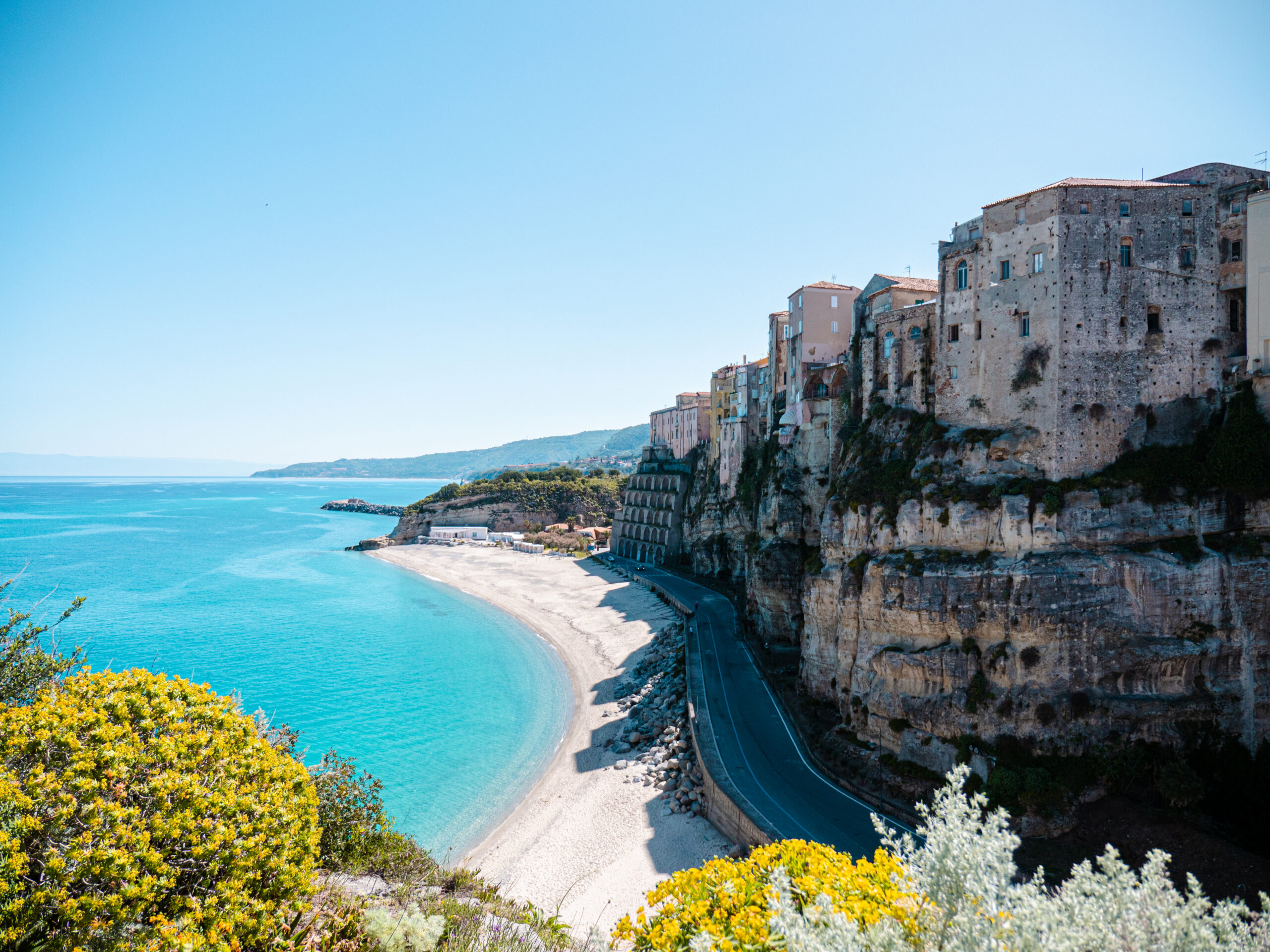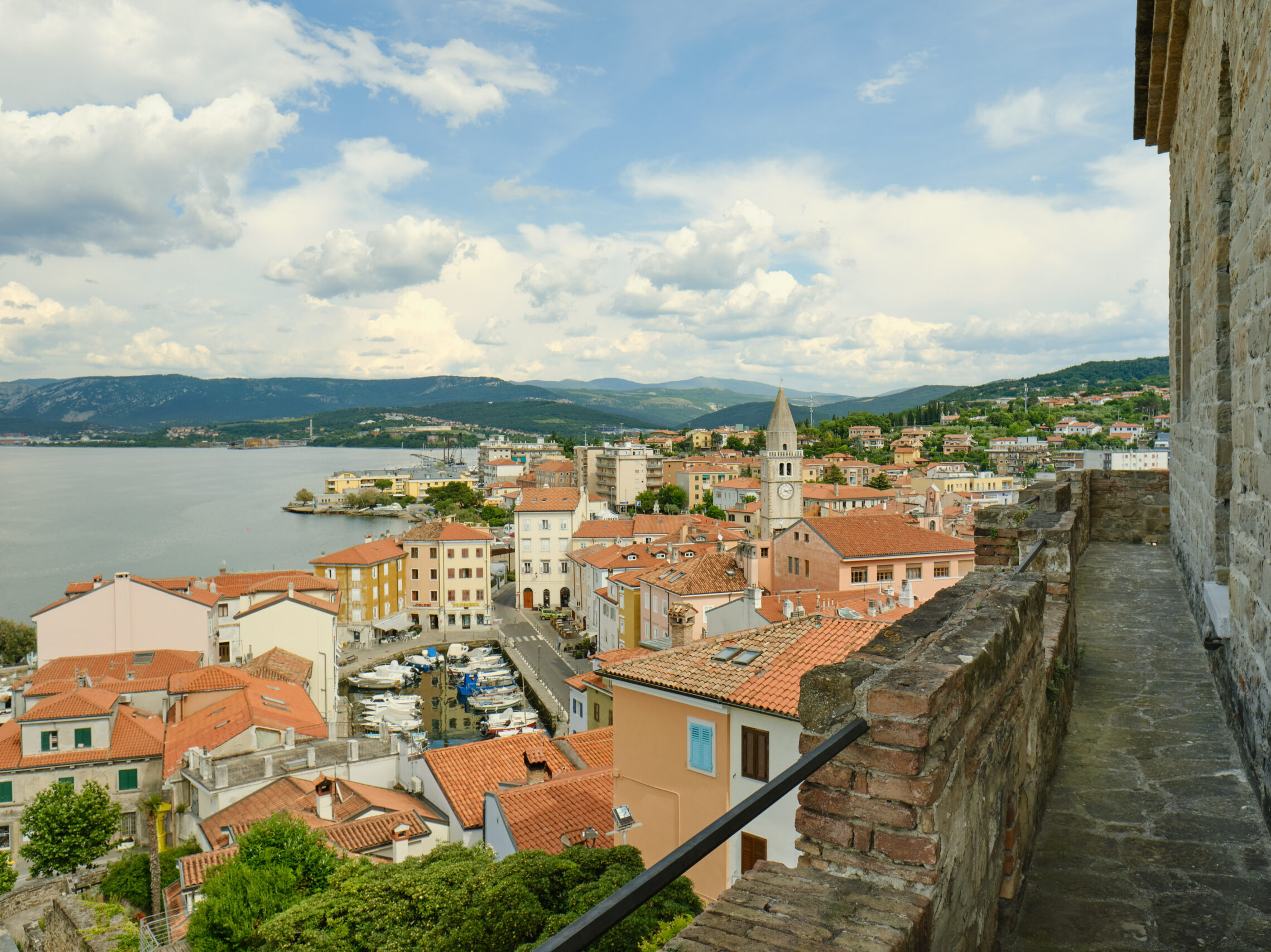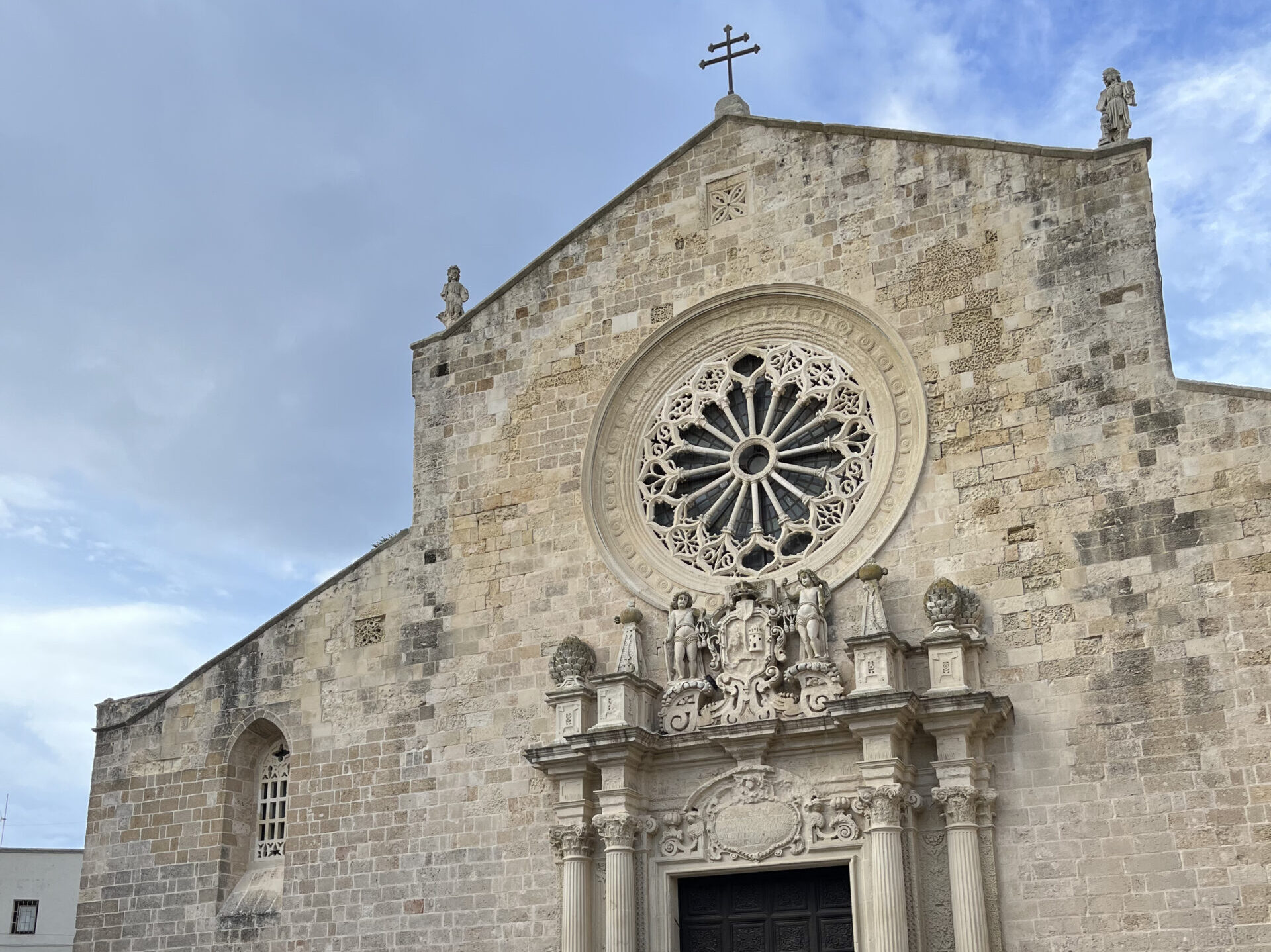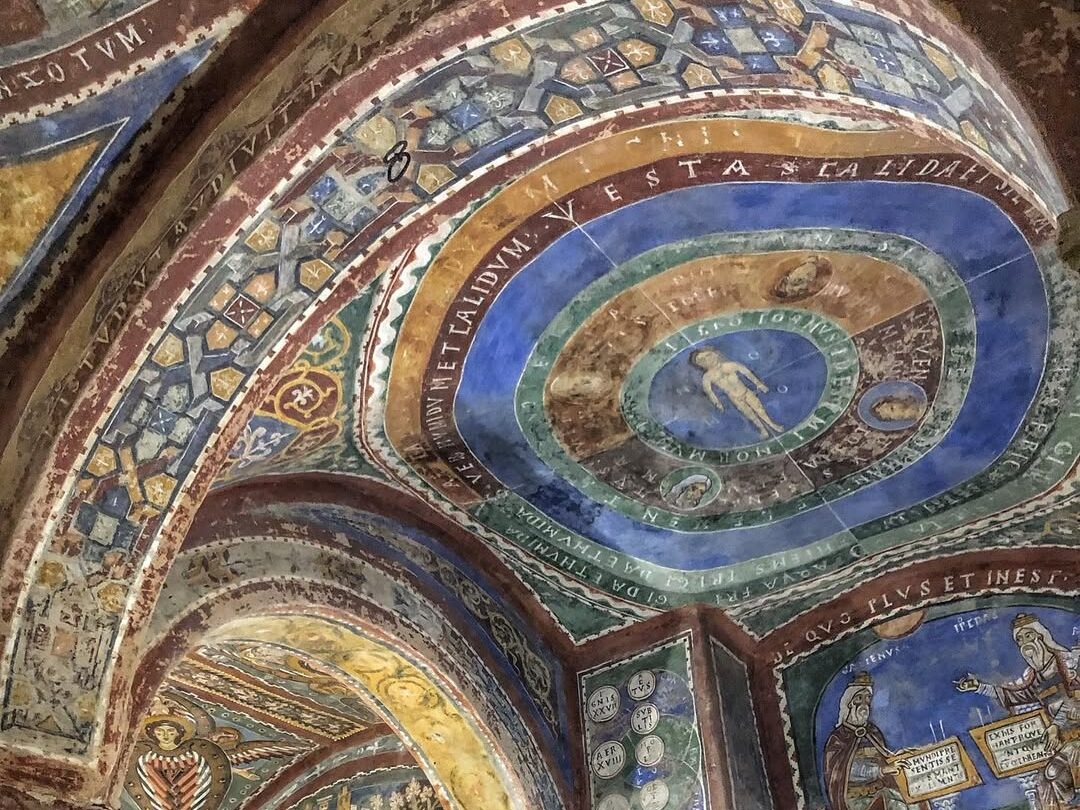Every August 15th, the town of Tropea, perched on the cliffs of Calabria’s Tyrrhenian coast, celebrates Ferragosto with one of the most evocative rituals of the Italian summer: the sea procession of the Madonna dell’Isola. A centuries-old tradition blending spiritual devotion and natural beauty, the event draws locals and visitors alike to the shoreline and the sea.
Among Italy’s most cherished summer holidays, Ferragosto marks the height of the season—a day steeped in religious significance and cultural tradition. Celebrated nationwide with family gatherings, open-air meals, and local festivals, it’s a moment of collective joy and homecoming. In Tropea, Ferragosto takes on a character all its own, merging solemnity and spectacle in a uniquely Mediterranean setting.
The heart of Tropea’s Ferragosto celebration is the procession of the Madonna dell’Isola, a ritual deeply embedded in local culture. In the late afternoon, statues of the Holy Family are carried down from the Santuario di Santa Maria dell’Isola, the small church that crowns the famous rocky promontory overlooking the sea.
Carried by hand along a steep stone staircase to the beach below, the statues are then placed on a decorated boat. As they set off, dozens of small vessels follow, forming a solemn maritime procession along the Costa degli Dei—the “Coast of the Gods”—in calm, crystal-clear waters. The atmosphere is reverent and heartfelt, as spectators line the cliffs and beaches to watch the Virgin glide across the horizon.
This tradition dates back to a time when fishermen and pilgrims would journey by sea to pay homage to the Madonna at her cliffside sanctuary. Today, the ritual has evolved into a centerpiece of Tropea’s Ferragosto, cherished by residents and embraced by visitors. The day ends with a spectacular fireworks display that lights up the sky and the iconic island rock, offering a dazzling close to a celebration rich in emotion and meaning.
Beyond the religious rite, Ferragosto is also the perfect time to explore the area’s natural and historical wonders. Chief among them is the so-called “Isola Bella”—the rocky outcrop where the sanctuary stands. At low tide, it becomes accessible by foot; at other times, small boats shuttle visitors to and from the site.
From the top, sweeping views stretch across the coastline, framed by lush vegetation and the blue of the Tyrrhenian Sea. It’s one of Tropea’s most iconic spots and a favorite for photographers and pilgrims alike.
Those wanting to explore further can venture along the Costa degli Dei, a stretch of coastline extending from Tropea to Capo Vaticano, famed for its pristine beaches, jagged cliffs, hidden coves, and turquoise waters. The area is ideal for a mix of relaxation and adventure, offering opportunities for snorkeling, diving, and boat excursions.
Among the region’s historical landmarks, a visit to the Torre Marrana is highly recommended. Built in the 16th century as a defense against Saracen raids, the tower stands today as a rare example of coastal military architecture and a reminder of Calabria’s layered past.




